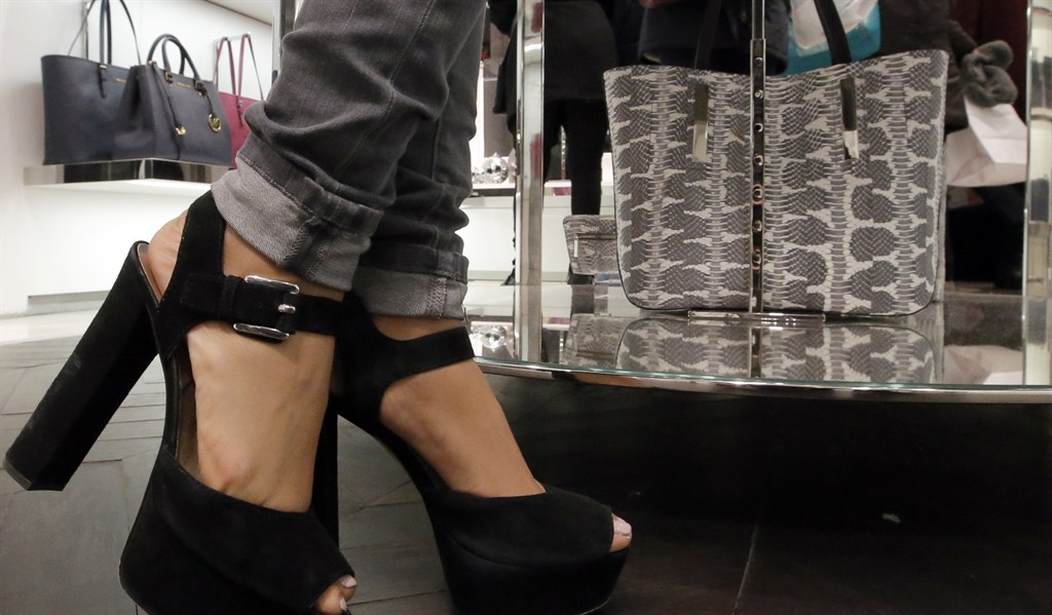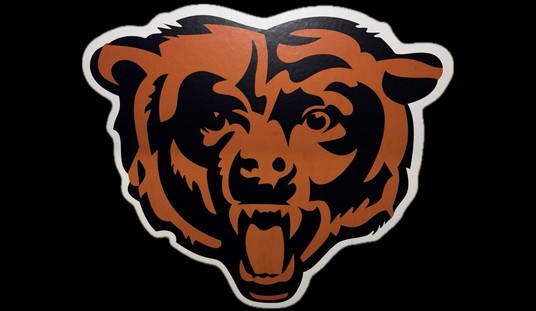Have you ever sat down for a delightful, chocolatey treat – like, say, some M&M’s – and with each delicious morsel thought to yourself, “I sure wish my candies were more inclusive”?
If that’s you, good news comes your way this week from Mars Incorporated. The candy giant announced that they will be making their M&M’s brand of candy more “inclusive,” according to The Hill.
Candy is about to get more “inclusive,” with the maker of M&M’s announcing its famed characters are getting modern makeovers and will have more “nuanced personalities.”
Mars, Incorporated, the company behind the colorful, candy-coated chocolates, announced Thursday a “global commitment to creating a world where everyone feels they belong and society is inclusive.”
I bet you just thought to yourself, “Well, that’s a relief. I’ve spent so many sleepless nights wondering why cartoon candy characters can’t be granted a more nuanced representation in a world that so often, so bitterly, rejects the identity struggles of “others” and their allies.”
Yeah, me too.
But something bothered me about this obviously urgent social update of a popular snack. No, it’s not the idea that we’re discussing a chocolate candy in terms of its gender and sexual nature. Obviously the Green M&M is the hot one. What bothered me is the idea that every time corporate or bureaucratic America wants to make something more “inclusive,” it always involves de-feminizing women. It’s as if, in order to become “inclusive,” a woman must exclude the hallmarks of her gender. Male representations still get to include all of those hallmarks. Sure, “inclusive” might mean adding some makeup or a skirt, but masculine representations often remain. They simply are added to the “softer” representations.
Women are asked to completely abandon traditional, and even biological, feminine traits in order to fit into the “inclusive” category. I’m not the only one who noticed. RedState reporter Jennifer Oliver O’Connell noted as much when she originally filed the story.
Does anyone think they are trying neuter womanhood here? I’m a sneaker girl myself, but why snip away at a mostly feminine preference, and dare I say, asset? I am straight, but I can admire a woman in high heels, and it doesn’t diminish me that a majority of women love them, even if I don’t. Why is Mars, Incorporated now diminishing them?
Don’t worry, though. Green M&M assures us she’s looking forward to the inexplicable change.
The green M&M, previously seen in ads posing seductively and strutting her stuff in white go-go boots, will now sport a pair of sneakers. A description for the green candy on the M&M’s website says she enjoys “being a hypewoman for my friends.”
“I think we all win when we see more women in leading roles, so I’m happy to take on the part of supportive friend when they succeed,” the green M&M said on the promotional site.
Another character, the brown M&M, described her motto as, “Not bossy. Just the boss.”
I understand that many women wear sneakers as fashion. I’m not suggesting that in itself is masculinizing this pretend candy woman. However, in animation advertising, the reason we use things like heels and makeup to signify female characters is because there are fewer human traits to draw from. Green M&M doesn’t have boobs and a muffin top. She’s got too much lipstick on and she wears heels and that indicates a personality – a uniquely feminine personality. Perhaps the ad gurus at Mars do this type of thing subconsciously by now, but the result is an illumination of a disturbing trend to nullify womanhood in our culture.
It’s certainly not enough to go grabbing the pitchforks over, but it’s worth noting that the more “inclusive” America gets, the more we vilify womanhood.












